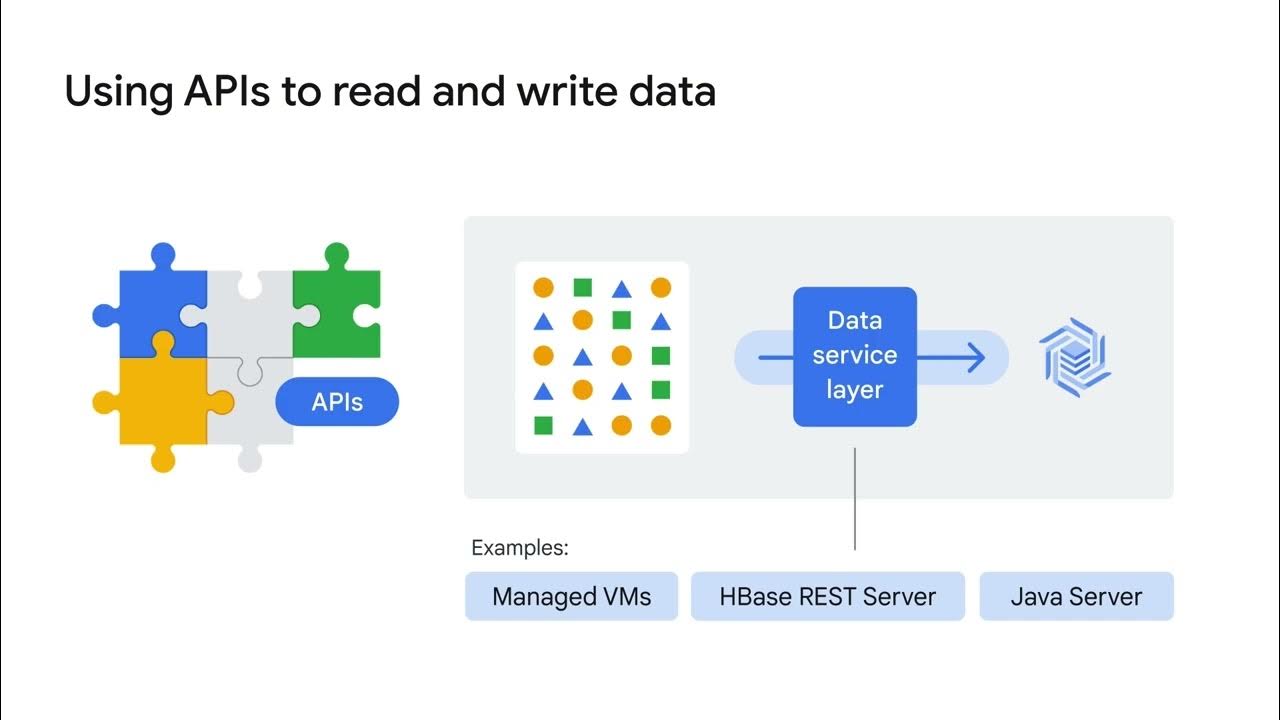Learn Kafka in 10 Minutes | Most Important Skill for Data Engineering
Summary
TLDRThis video explores the evolution of real-time data systems, tracing the rise of Apache Kafka as a solution to the growing demands for high-throughput, low-latency streaming platforms. It highlights how early data processing tools struggled with large-scale systems, leading to the creation of Kafka by LinkedIn in 2010. Kafka’s architecture, including Producers, Consumers, Topics, and Brokers, is explained in detail, alongside a hands-on demonstration of setting up and using Kafka. The video emphasizes how Kafka has become a crucial tool for handling real-time data in modern applications across various industries.
Takeaways
- 😀 The demand for real-time data streaming has increased due to the growth of social media and online applications.
- 😀 Early internet systems used batch processing to handle data, but this was insufficient for real-time requirements like fraud detection.
- 😀 Tools like RabbitMQ and transactional databases struggled to handle large-scale, real-time data processing due to latency and bottlenecks.
- 😀 Apache Kafka was developed by LinkedIn in 2010 to solve challenges in handling real-time data at scale.
- 😀 Kafka is a distributed streaming platform designed for high-throughput, low-latency data streams.
- 😀 Kafka’s architecture consists of three main components: Producer, Consumer, and Broker.
- 😀 Producers are the sources that generate data, while Consumers process and take actions based on that data.
- 😀 Kafka organizes data into Topics, which can be further partitioned by different criteria like region or date.
- 😀 Kafka Brokers are servers that store and serve data, and multiple brokers can work together to form a Cluster for high availability.
- 😀 Kafka's data is immutable and ordered, with each record having a unique Offset to track its position within a partition.
- 😀 A hands-on guide is provided for setting up Kafka locally using Docker, demonstrating how to create topics, produce and consume messages, and integrate with Python.
Q & A
Why do we need real-time data processing in modern applications?
-Real-time data processing is essential because it allows businesses to take immediate actions based on data as it is generated. For example, in cases like fraud detection in credit card transactions, real-time systems can notify users and prevent fraudulent activities before they escalate.
How did the data landscape change from the early 2000s to today?
-In the early 2000s, the internet was growing but the volume and speed of data generated were low. Over time, with the rise of social media and various applications, the volume and velocity of data increased dramatically, making it necessary to adopt real-time data processing systems.
What challenges did earlier systems like RabbitMQ and transactional databases face?
-Earlier systems like RabbitMQ and transactional databases were suitable for smaller applications with low data volume and velocity. However, they struggled to handle the demands of large-scale, real-time systems due to issues like latency, bottlenecks, and scalability.
How did Apache Kafka address the challenges faced by previous systems?
-Apache Kafka was designed as a distributed streaming platform capable of handling high-throughput, low-latency data streams. Its distributed architecture allows it to scale efficiently and handle massive amounts of data generated in real-time, making it ideal for large-scale systems.
What is Apache Kafka, and how does it work?
-Apache Kafka is a distributed streaming platform that allows you to publish or subscribe to streams of records, similar to a messaging system. It processes real-time data with scalability, reliability, and low latency, making it suitable for handling large volumes of streaming data.
What are the three main components of Kafka's architecture?
-Kafka's architecture consists of three main components: Producers, which generate and push data into Kafka topics; Consumers, which retrieve and process the data; and Brokers, which store the data and serve client requests in a distributed system.
What role do Kafka topics, partitions, and offsets play?
-Kafka topics categorize and organize data streams, making it easier to publish and consume. Partitions help distribute data across different servers for scalability, while offsets uniquely identify the position of records within a partition, ensuring each message is processed exactly once.
What is the significance of a Kafka Broker and Cluster?
-A Kafka Broker is a server that stores and serves data, while a Cluster is a group of brokers working together. The use of multiple brokers ensures high availability, so if one broker fails, others can continue processing data without disruption.
How does Kafka ensure that messages are consumed in the correct order?
-Kafka ensures that messages within a partition are ordered and immutable. Each message within a partition is assigned a unique offset, which allows consumers to track the position of records and ensure they process messages in the correct order.
What are some common use cases for Apache Kafka in today's world?
-Apache Kafka is widely used for use cases such as real-time analytics, logging, monitoring, event sourcing, and stream processing. It supports applications like fraud detection, stock market data analysis, and social media data processing, enabling businesses to act on real-time data.
Outlines

Esta sección está disponible solo para usuarios con suscripción. Por favor, mejora tu plan para acceder a esta parte.
Mejorar ahoraMindmap

Esta sección está disponible solo para usuarios con suscripción. Por favor, mejora tu plan para acceder a esta parte.
Mejorar ahoraKeywords

Esta sección está disponible solo para usuarios con suscripción. Por favor, mejora tu plan para acceder a esta parte.
Mejorar ahoraHighlights

Esta sección está disponible solo para usuarios con suscripción. Por favor, mejora tu plan para acceder a esta parte.
Mejorar ahoraTranscripts

Esta sección está disponible solo para usuarios con suscripción. Por favor, mejora tu plan para acceder a esta parte.
Mejorar ahora5.0 / 5 (0 votes)






